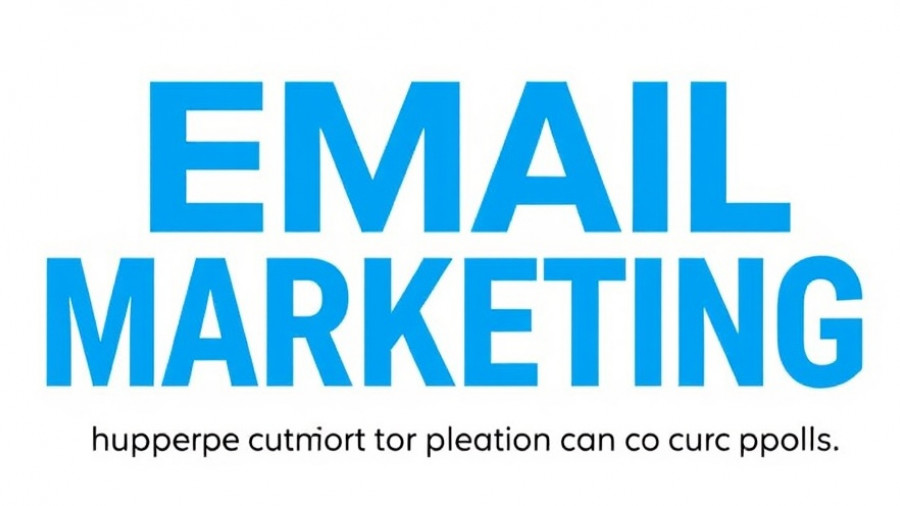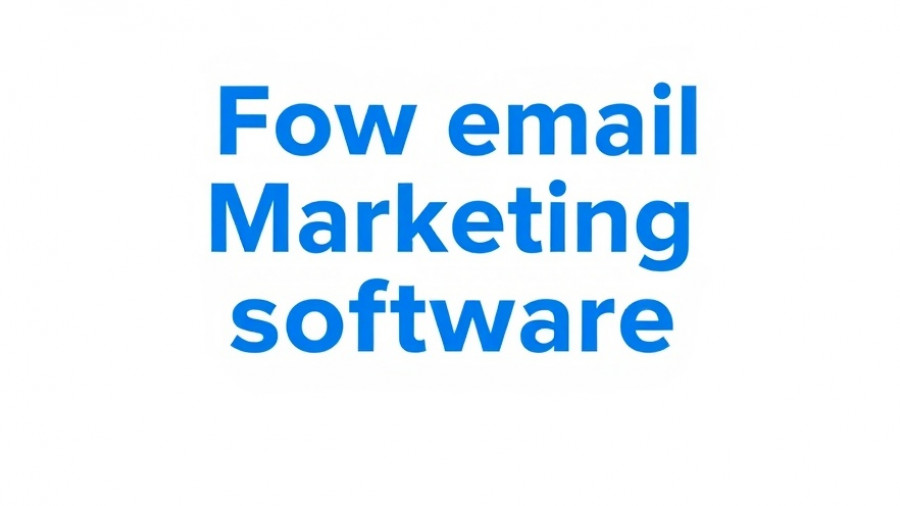
Understanding Loop Marketing: A New Frontier in Online Marketing
In today's fast-paced digital landscape, the marketing world is evolving, and loop marketing has emerged as a game-changing approach. Unlike traditional linear funnels that often leave customers behind after a purchase, loop marketing creates a continuous engagement cycle. It transforms one-time buyers into ongoing participants who drive sustainable business growth.
What is Loop Marketing?
Loop marketing is characterized by a four-stage framework: Express, Tailor, Amplify, and Evolve. Each stage interacts with the others, allowing businesses to build momentum at every customer interaction. Think of it as a continuous growth engine where each customer touchpoint fuels the next cycle. This model contrasts starkly with one-off marketing campaigns, which fail to capitalize on customer engagement once they conclude.
Real-World Applications of Loop Marketing
Several companies exemplify successful loop marketing strategies. Take Dropbox, which transformed user referrals into an integral part of its growth strategy through a seamless loop of engagement. Similarly, Slack used loop marketing principles to enhance user experience, leading to increased organic adoption and user retention. These examples teach valuable lessons on replicating their success, especially for companies eager to implement better engagement mechanisms.
The Four Stages Explained
Each stage of loop marketing plays a crucial role in sustaining customer engagement. The Express stage focuses on defining the brand's message, and the Tailor stage personalizes user experiences based on their interactions. Next is the Amplify stage, distributing content across varied channels to expand reach, while the Evolve stage entails analyzing performance data and customer feedback to refine future loop cycles.
Benefits of Implementing Loop Marketing
The advantages of loop marketing are numerous. This approach addresses three critical challenges faced by traditional marketing: it promotes continuous engagement, captures the value of customer advocacy, and fosters systematic improvement over time. By leveraging AI and data-driven insights, businesses can adapt quickly, ensuring personalized customer experiences that resonate.
Actionable Steps for Your Marketing Agency
To get started with loop marketing, businesses should focus on building their strategy around unified customer data, deploying AI tools, and continuously optimizing their campaigns. Consider creating a Loop Marketing Playbook that simplifies implementation by detailing each stage while incorporating market insights for personalization and engagement.
Conclusion
Incorporating loop marketing into your digital marketing initiatives is not just beneficial—it's essential in a world where consumer expectations are continuously changing. By committing to loop marketing principles, businesses can create sustainable growth frameworks that keep pace with the ever-evolving digital landscape.
 Add Row
Add Row  Add
Add 




Write A Comment